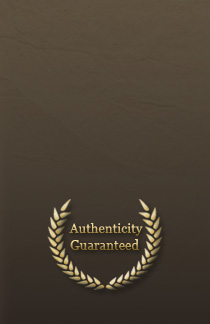Carving Styles
American carousel figures are grouped into three basic carving styles. The Philadelphia Style, founded by Gustav Dentzel, reflected the subtle and refined elegance of Main Line Philadelphia. Figures were realistic and graceful. "Trappings," or body decorations, were beautifully detailed. The carving shops were in the Philadelphia area. The carvers were The Dentzel Company (Gustav and William), D. C. Muller & Bro. (Daniel and Alfred), E. Joy Morris, and Philadelphia Toboggan Company.
The Coney Island Style epitomized the saying, "All that glitters is Coney Island," and reflected the ornate and lavish Rococo decoration of the glamorous "Playground of the Rich and Famous". Coney Island style horses were carved in dramatic, often wildly exaggerated, poses with windblown manes and intricate trappings. Silver and gold leaf and multi-faceted glass jewels were used in abundance. The carvers were M. C. Illions and Sons, Charles Looff, Charles Carmel, and Solomon Stein and Harry Goldstein.
County Fair Style animals were smaller and more simply carved, usually with parallel leg positions. They were designed for easy loading and transport along the Midwest County Fair Circuit. However, many carvers also produced larger, more sophisticated carousels for permanent park locations. The carvers were Charles Dare, U.S. Merry-Go-Round Company, C.W. Parker, Armitage-Herschell Company, Herschell-Spillman Company, Allan Herschell Company, and Spillman Engineering.
Note: Although relatively easy to identify in horses, the differences between the three American carving styles do not carry over into menagerie figures. Not all companies produced menagerie animals, and those that did were mostly Philadelphia and County Fair carvers. Production of menagerie figures generally ceased after 1915.
European Carvings
English carvers J. R. Anderson, Frederick Savage, and C. J. Spooner manufactured more stylized, less realistic jumping horses with short legs and elongated bodies to accommodate double-seat saddles. Large chickens and roosters were the most frequently carved menagerie animals and had more realistic faces, nicely detailed feathers, double-seat saddles, and hinged necks. Perhaps the most interesting English figures are the Spooner Centaurs which had typical English horse bodies and bust figures of military heroes from the Boer Wars.
German carvers Frederich Heyn and Carl Müller are best known for their dainty prancing horses with gentle faces, although they also carved elephants, pigs, and other menagerie figures.
French carvers seemed to specialize in menagerie figures, producing entire "ménage" carousels, sometimes with only one type of animal aboard. Menagerie figures are gentle and quite charming, and tended more toward the domestic animal, rather than the exotic wild animals produced by the American carvers. They included long-eared pigs, cows with brass horns, prancing donkeys and standing donkeys with "nodding" heads, small cats and rabbits, dogs, ostriches, cockerels, swans, and kangaroos. Special ménage carousels were made just for children. French horses are far rarer. The best known French carousel carver was Gustav Bayol, although Henri Devos, Coquereau et Maréchal, and Limonaire Frères, and Mattieu also manufactured carousel figures in a similar style.



